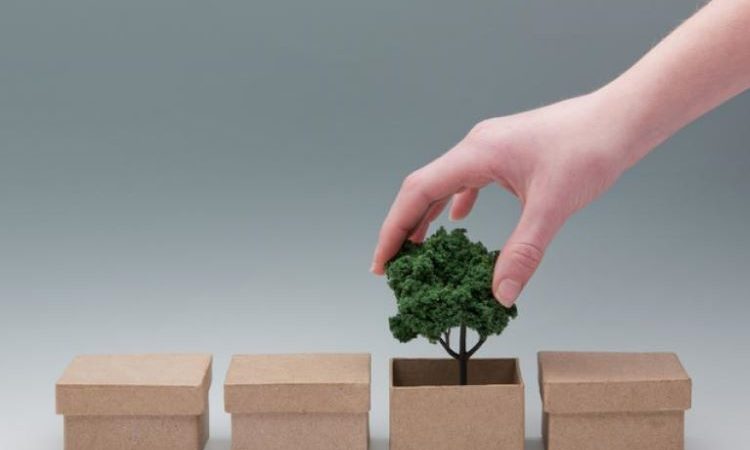Sustainability and recyclability are two interconnected yet distinct concepts when it comes to addressing environmental concerns. While both concepts aim to promote eco-friendly practices, they hold different meanings and implications. Understanding the difference between sustainability and recyclability is crucial for developing comprehensive strategies to protect our planet and create a greener future.
Understanding Recyclability in Packaging

Recyclability refers to the ability of a material to be collected, processed, and transformed into new products. It focuses on the end-of-life stage of packaging, emphasizing the importance of diverting waste from landfills and reducing the demand for virgin resources. Recycling plays a significant role in reducing energy consumption and greenhouse gas emissions, making it a vital component of a circular economy.
Understanding Sustainability in packaging

Sustainability encompasses a broader perspective that considers the entire lifecycle of packaging materials. It aims to minimize environmental impact and create a more sustainable future through the use of renewable or recycled materials, lightweight and efficient design, as well as waste and emissions reduction. It seeks to balance economic, environmental, and social factors while meeting consumer and stakeholder needs.
Sustainable packaging materials can reduce waste, conserve resources, and support a circular economy. It’s important to consider their environmental impact throughout their entire lifecycle, including production, transportation, and disposal. Examples of sustainable packaging materials include paper/cardboard, bioplastics, glass, metal, recycled plastic, and reusable packaging like glass jars and metal tins.
How does recycling relate to sustainable packaging?
Recycling is an important aspect of sustainable packaging because it helps to reduce waste, conserve resources, and minimize environmental impact. When packaging materials are recycled, they can be turned into new products without the need for additional raw materials or energy-intensive production processes. This can help to reduce greenhouse gas emissions and conserve natural resources.

Recycling is also closely related to the concept of a circular economy, which aims to reduce waste and promote the reuse and recycling of materials. In a circular economy, waste is seen as a resource that can be repurposed or recycled, rather than something to be discarded. By promoting the recycling of packaging materials, we can create a more circular economy and reduce the amount of waste sent to landfills.
It’s important to note that recycling alone is not enough to achieve sustainable packaging. While recycling can help to conserve resources and reduce waste, it doesn’t address the environmental impacts of the production and disposal of packaging materials. To achieve truly sustainable packaging, we need to adopt a holistic approach that takes into account the entire lifecycle of the packaging, from raw materials extraction to disposal or recycling.
Recycling plays an important role in sustainable packaging by promoting resource conservation, waste reduction, and a circular economy. However, it’s just one piece of the puzzle, and we need to consider a range of factors, including material selection, design, and end-of-life management, to achieve truly sustainable packaging.
Challenges with implementing recyclable sustainable packaging

Although recyclable and sustainable packaging has significant benefits, there are still challenges in implementing these practices. The lack of infrastructure for collection and processing of recyclable materials is a major challenge that leads to lower rates of recycling and increased waste sent to landfills. Another challenge is the availability and cost of sustainable materials which can have limitations on performance or availability. There is also the need for consumer education and behavior change to properly recycle and dispose of these materials.
Sustainable recycling is an eco-friendly approach to solid waste management that promotes a sustainable society by conserving natural resources and reducing harm to the environment, compared to the potentially harmful disposable methods currently in use. Coordination between manufacturers, governments, and consumers is needed to address these challenges and create a more sustainable future for packaging.
Recyclability and sustainability are two interconnected concepts that hold immense potential for transforming the packaging industry into a more environmentally conscious sector. While recyclability tackles the end-of-life stage, sustainability addresses the entire lifecycle of packaging materials. Achieving a balance between these two approaches requires collaborative efforts, innovation, and a shift in consumer mindset.
As we move towards a greener future, it is crucial for packaging stakeholders to invest in research, development, and infrastructure to enhance both recyclability and sustainability. By embracing innovative materials, optimizing designs, and fostering a circular economy mindset, the packaging industry can reduce its ecological footprint and contribute to a more sustainable and prosperous planet for future generations.
Machine Dalal platform is a trading platform that enables sellers and buyers of print, packaging and converting equipment to directly connect with each other, easily communicate and trade equipment quickly.
Visit the Machine Dalal website or simply download our app onto your Android or iOS smartphone.



